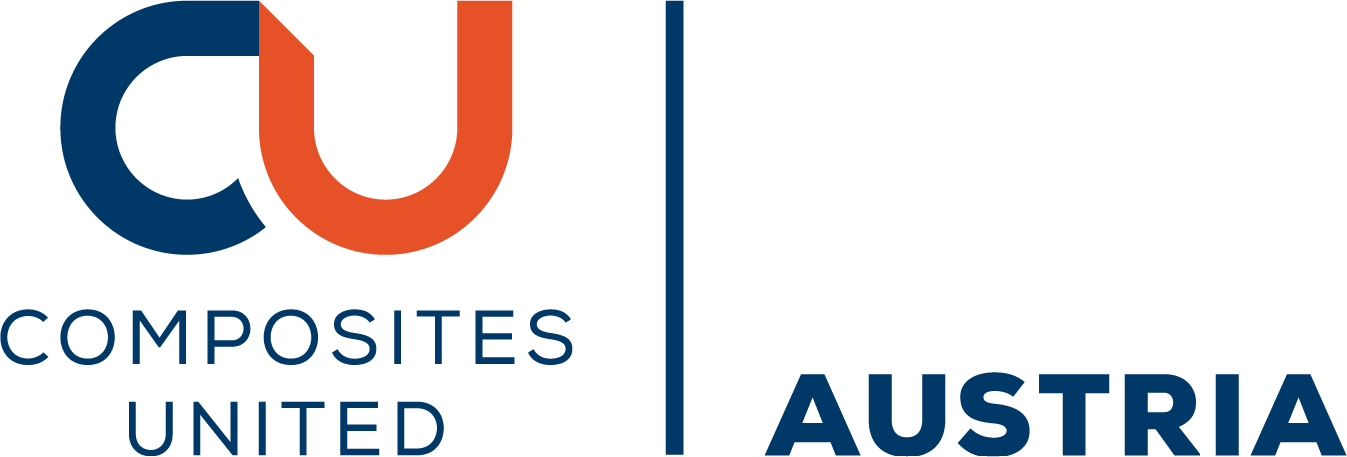
Assessment of the credibility of simulations for composite Bolted L Angle in a building block approach
Please login to view abstract download link
Aeronautical structures rely heavily on bolted joints to connect composite parts. Despite advanced numerical models showing promising results, their use is still limited to academic studies [1], notably because of the lack of maturity assessment framework and standardised analysis protocols. An integrated approach of verification and validation is necessary to assess the trustworthiness of composite failure models, and go towards certified models for specific design domains. This study aims at implementing such a VVUQ process [2], starting from traceable material calibration process on coupons, followed by the evaluation of numerical models against a wide range of validation points, and going towards structural allowables based on stochastic material properties. Pull-trough and bolted-L-angle experiments (Figure 1) were performed on carbon epoxy laminates, with repetitions on two layups and three bolt diameters in order to evaluate the model on distinct configurations and failure modes. Pull-trough and bolted-L-angle were sized similarly in order to specifically assess the effect of more complex-representative loading on the failure scenario. Pull-thought and Unfolding tests were performed in order to complete a building-block approach up to the bolted-L-angle demonstrators. Figure 1: Schematic representation of tests considered in this study, experimentally and numerically. Numerical simulations of each test were performed using a plastic-damage model for polymer composite materials [3], with three solid elements in the thickness of each ply. Numerical/experimental comparisons will help identify errors of the model within a validation domain. Sensitivity analysis will first help better understand the simulation failure scenarios within the domain of material variability, and secondly, when applied to configurations showing lack of accordance with experiments, it will guide further calibration efforts necessary to meet acceptance criteria.






